Gibela, A Meditation on Cultural Consciousness by FEDE Arthouse
Established in 2020 by artist and curator, Lebo Kekana, FEDE Arthouse is a nomadic gallery working at the intersection of art, design and culture. Through research-based and site specific presentations, FEDE’s curatorial practice centres around ‘space-making’ to create alternative exhibition experiences in varying environments.
FEDE sets out to defy the “white-wall” template, dismissing the clinical approach to exhibition making, and opting for a methodology more curious, culturally engaged, and community-based. Gibela a Nguni word translating to ‘Get on board’, the exhibition, is but one part of a moving programme, between Johannesburg and Cape Town, with various layers of cultural activations.
Gibela, the latest curatorial offering by FEDE Arthouse is an exhibition showcasing the work of 6 artists based between Johannesburg, Cape Town, Durban and Brussels. Led by the work of cultural production, the aim of this showcase is towards the development of expression, recognition and respect of different cultures, including one’s own.
Gibela is thus intended to speak not only through Fine Art, but rather a broad field of Cultural Production, including ‘Groove Culture’ and design — amongst various other elements through which many societies throughout human history have sought to self-define and create environments which reflect and preserve their values, beliefs and knowledge systems.
We had the pleasure of discussing Gibela with Lebo through this interview:

Exhibition photography by Athenkosi Maqubela
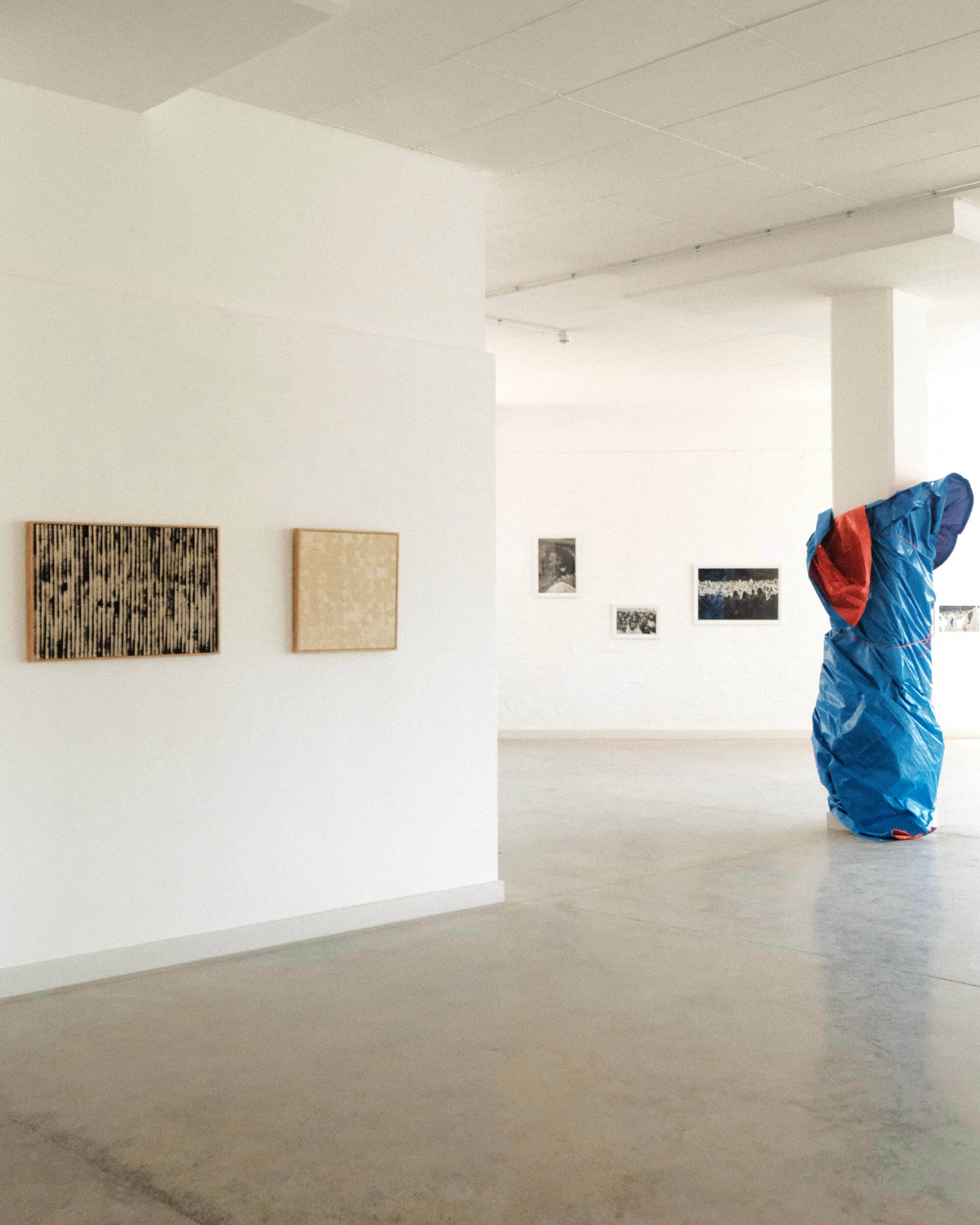
Gibela represents a span of culturally important and relevant work, can you talk about what the experience was like whilst curating this exhibition?
Lebo: The first challenge came with recognising how broad a concept ‘culture’ is in itself. To address this, we wanted to create a broad palette of cultural experiences, beyond just an art exhibition, recognising how, as a format of gathering, an exhibition alone is too culturally specific and doesn’t hold enough room for diverse perspectives and ways of being. Gibela is therefore a first step in FEDE making it clear that we’re not only interested in Fine Art, and are broadening our framing, speaking instead through ‘Cultural Production’.
This has encouraged us to practice in ways beyond our comfort zone. For instance, throwing a party — and I mean, a Joburg kind of party, was a first. And it was incredible! We’re testing out alternative formats beyond the exhibition model. Our space of interest is in how various models can borrow from each other to create new, forward-thinking forms of cultural engagement.
Can you tell us about how the shows differed across the two host cities and what the intention was of having different experiences in JHB and Cape Town?
Lebo: From my own experience of existing between the two cities, there’s a sense of monoculturalism that defines the city of Cape Town, which is contrasted by the melting-pot that is Johannesburg. And based on similar reflections from the participating artists, this became Gibela’s point of departure. As an exercise in cultural consciousness, we wanted to comment on and draw from how culturally distinct these two cities are — how it’s almost as though the spell of Eurocentrism, as a kind of late-stage form of colonialism, has deeper roots in one city than the other.
On a more granular level, Gibela contemplates the application of seemingly universal epistemologies to specific cultural contexts – think of the imposition of Modernist principles in a Bantu homeland, or inversely, uMaskandi being blasted in a gallery, for example. This space of interest results in a matrix of references that exist on a spectrum between ‘the regional’ and ‘the universal’.
From these two ideas, arose a kind of abstract duality which we emphasised with two main offerings – uMcimbi and an exhibition, in Johannesburg and Cape Town, respectively. uMcimbi (a Nguni word meaning ‘event’ or ‘party’) in South Africa, it’s typically characterised by collective engagement through singing traditional songs, dancing, and ululations, and is a celebration of culture, family and community. The ‘White Cube’, on the other hand, is the archetypal (and universal) modality for engaging with the products of artistic expression, and it finds its origins in the advent of 20th-century Western Modernism.
These two distinct formats of gathering exist as the anchor points of Gibela. Together they create a third space defined by a broad palette of cultural nuances — cultivating a consciousness of culture rooted in the South African context but informed by a global ontology.
Each of the six artists involved in the Gibela exhibition explores a broad palette of cultural nuances including their histories, identity politics and socio-environmental positioning in a unique and intersectional way (spanning 2018-2025). What was the process like curating these works specifically, whilst some were made beforehand, like Mandisa Buthelezi‘s photographic series, were some of the works created specifically for this exhibition?
Lebo: Each artist was invited to form part of Gibela because I felt their overall practice intrinsically reflected a consciousness of culture, grounded by personal narratives. Some artists extended already existing work, while others were keen to create completely new work specifically for Gibela — something I never take for granted, because it expresses the artists’ response to the central idea, which expands our framework beyond the initial prompts.
Gibela poses a range of important questions, including a more subliminal challenging of hegemonic ideologies and homogenous ways of seeing. How would you encourage people to take this ideology and concept behind Gibela and practice it in their own lives?
Lebo: I’ll answer with a set of polar definitions by Bermet Borubaeva. She defines the ‘colonised’ production of knowledge as “the alienation from context, from creation of meanings and their replacement with external cultural dominants.” She then describes the decolonisation of knowledge production as a traumatic but emancipatory process and “experience of finding yourself, your context, your history, your background, your discourse and constituting it publicly.” So, Gibela! (“Get on board”).
Creative gestures may come in many forms, be it through an artist’s decision to communicate ideas using their native language, a designer’s reimagining of tradition in the definition of a context-conscious modernity, or a filmmaker’s recovering of silenced histories through activating personal or public archives in order to inform new modes of storytelling. These curious, courageous and sincere creative gestures become a means to create signifiers which resonate more closely with one’s true sense of self. Gibela has successfully layered elements of both past and present, influences both local and universal to bring together a culturally diverse, complex and rich conversation which strives towards the betterment of self and collective community.
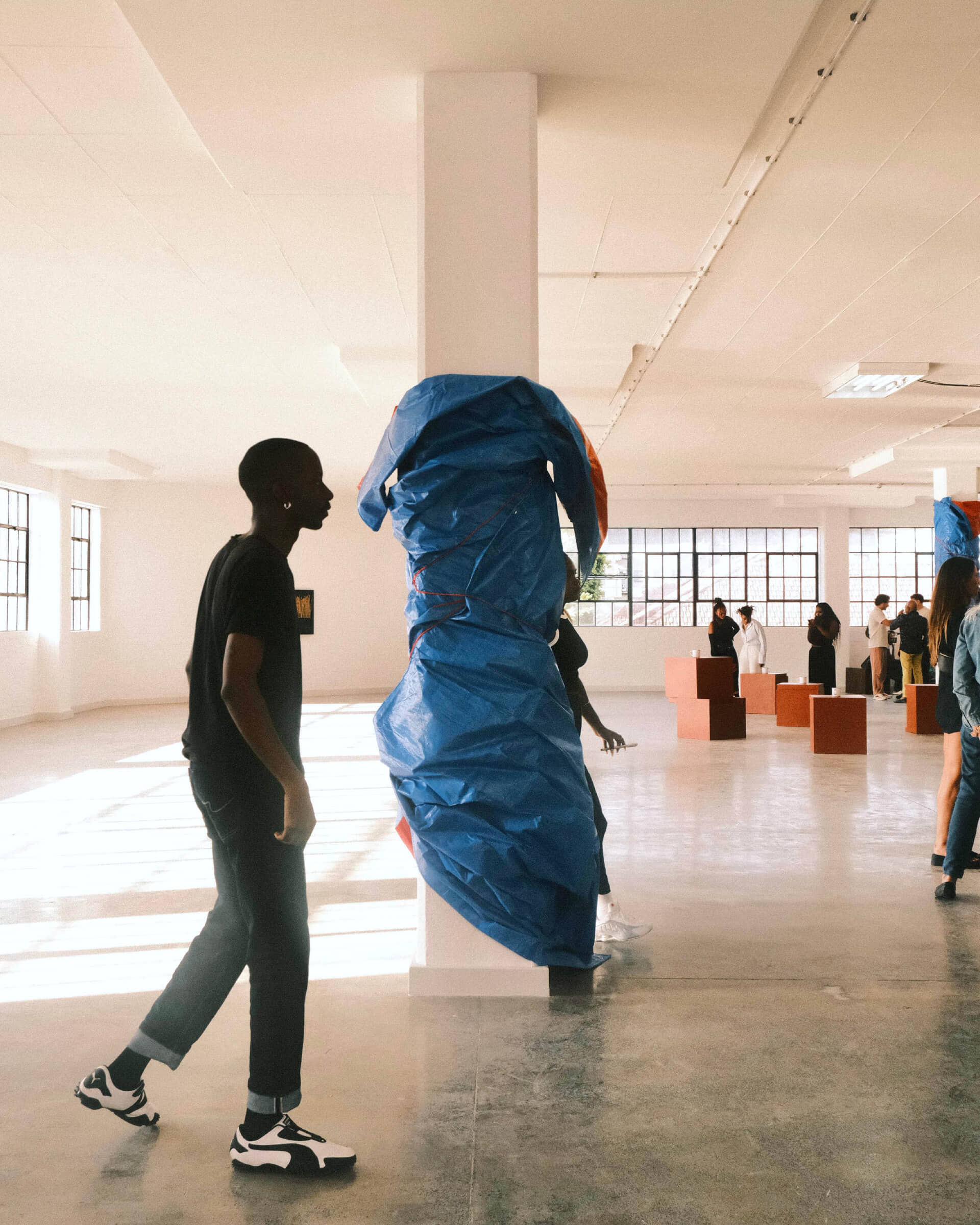
Exhibition photography by Athenkosi Maqubela
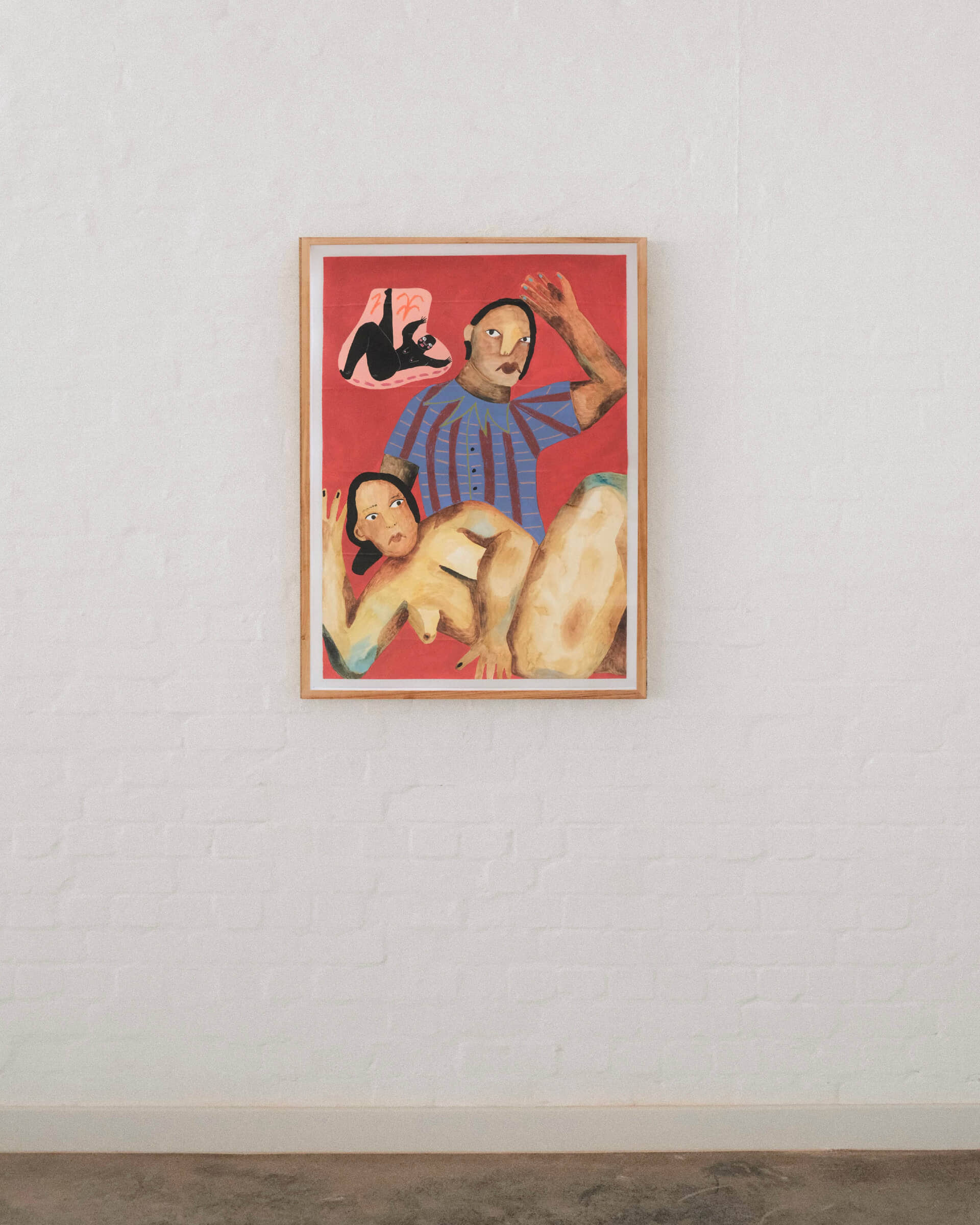
About Gibela’s Participating Artists:
Chuma Adam is a multidisciplinary artist based in Johannesburg, South Africa, working mainly through painting, printmaking, drawing and textiles. Her work is greatly informed by the writings of philosopher Édouard Glissant, such as his theory on opacity in “Poetics of Relation”.
Boemo Diale is a multi-disciplinary artist who grew up navigating different racial and socio-political structures in Rustenburg and the suburbs of Johannesburg as a young mixed-race woman. Rather than incongruent, her playful, bright and layered use of spray paint, ink, pastel and acrylic paint and form signals a deconstruction of struggle, vulnerability and fierce questioning about her sense of place impacted by maternal relationships, community and global tropes.
Nkhensani Mkhari is a South African nomadic artist. His diverse body of work is distinguished by an observation of his surroundings and an ongoing investigation of the artistic medium’s foundations. Drawing inspiration from the vibrant cultural and social landscapes of South Africa, Mkhari’s art delves into themes of identity, community, and the human condition.
Bongani Tshabalala is a South African artist whose work is dedicated to reimagining spaces and places through the use of fragrance, music, food, photography, text, and product design.
Anna van der Ploeg is an interdisciplinary artist primarily across the mediums of sculpture, painting, printmaking and writing. Her work is driven by an interest in societal imagination and finding new perspectives on the idea of community.
Mandisa Buthelezi, born in 1991, Kwazulu-Natal, South Africa, Mandisa Buthelezi is a Photographer and Cultural Producer who was raised in the township of Umlazi, in Durban. The importance of cataloguing and documenting African culture through visual art has become an important component of her work through work assignments. This has shaped her notion of sustaining the culture that surrounds her.
View ‘Gibela’ catalog for further information on available artworks here
Follow FEDE Arthouse on Instagram here

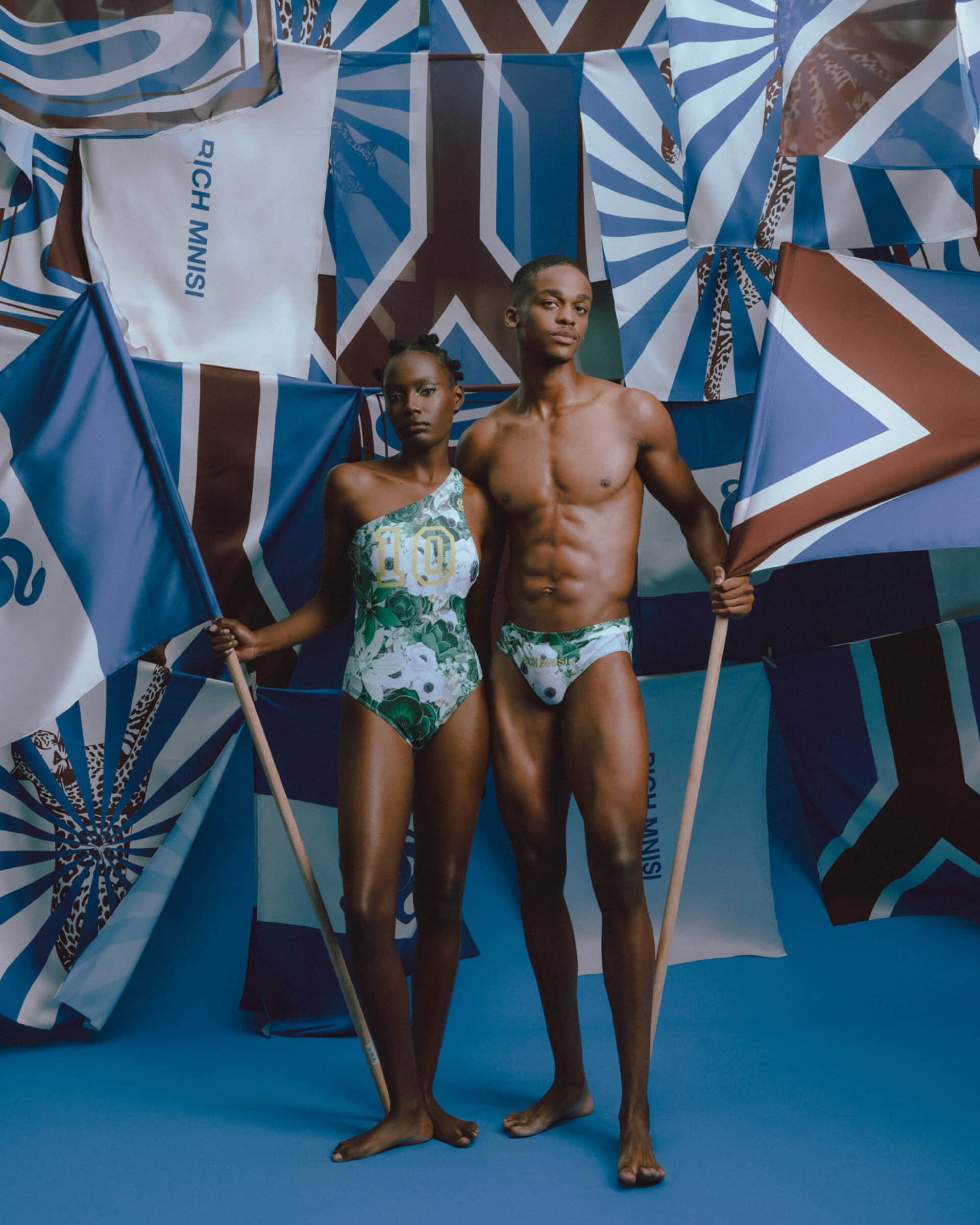
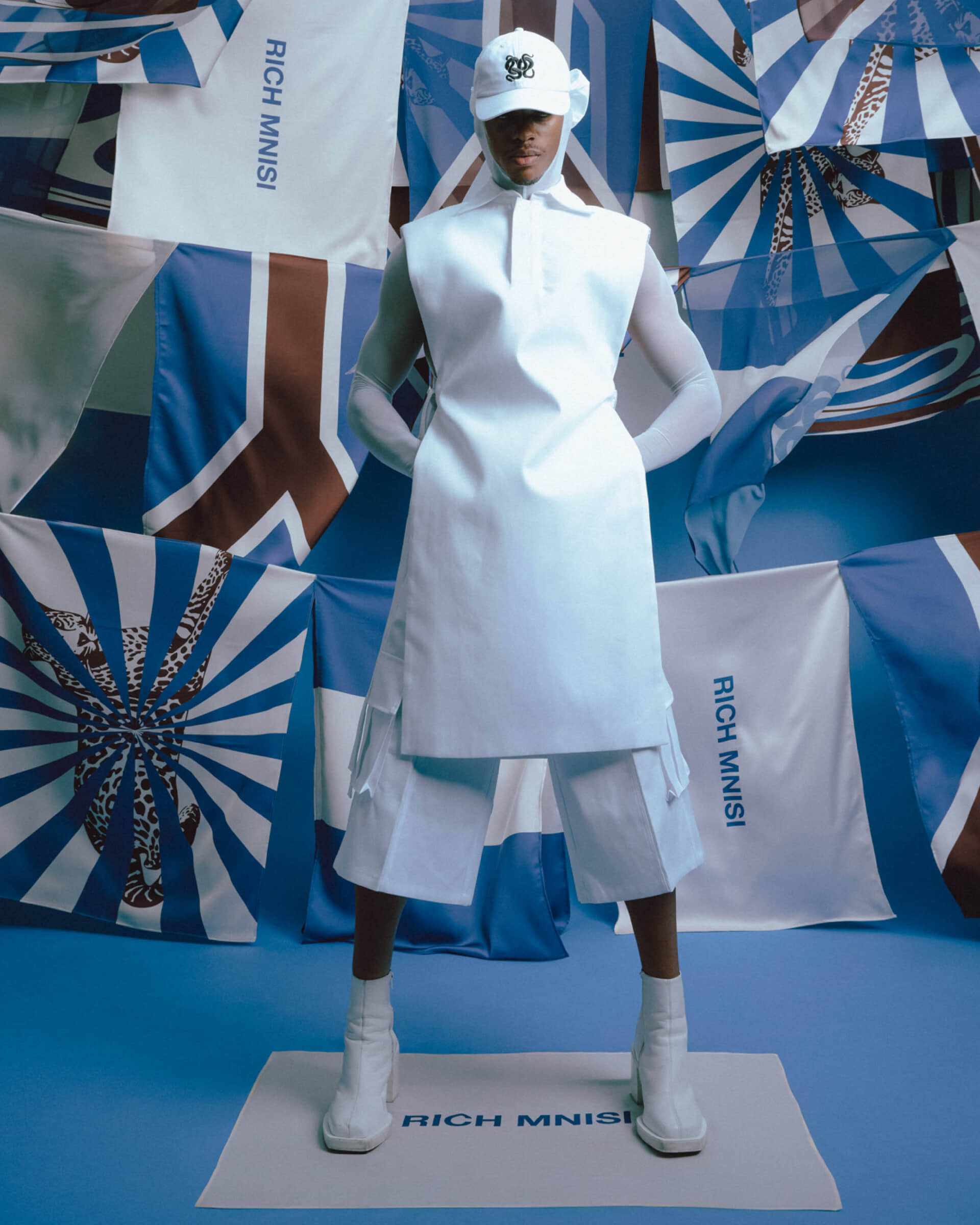
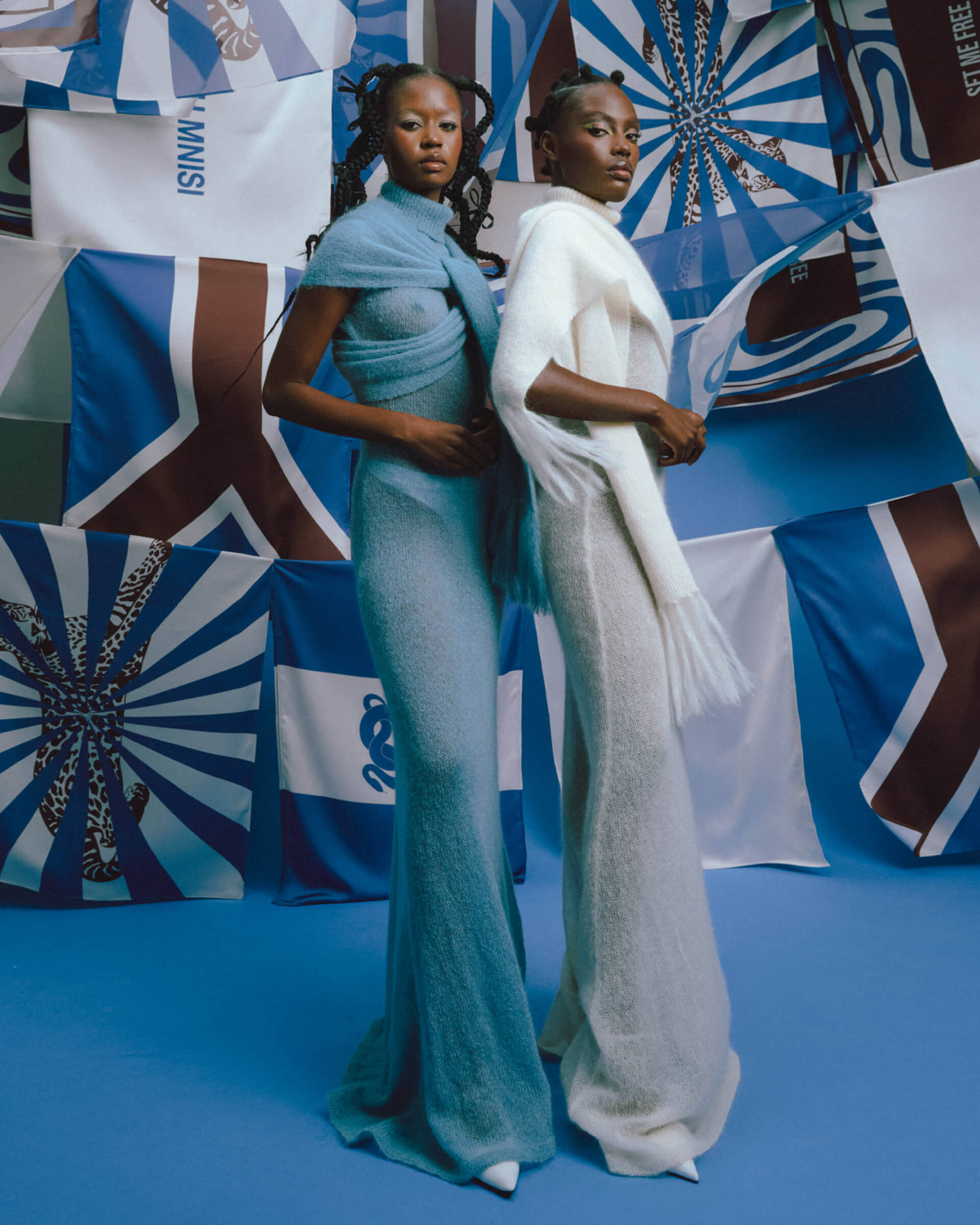
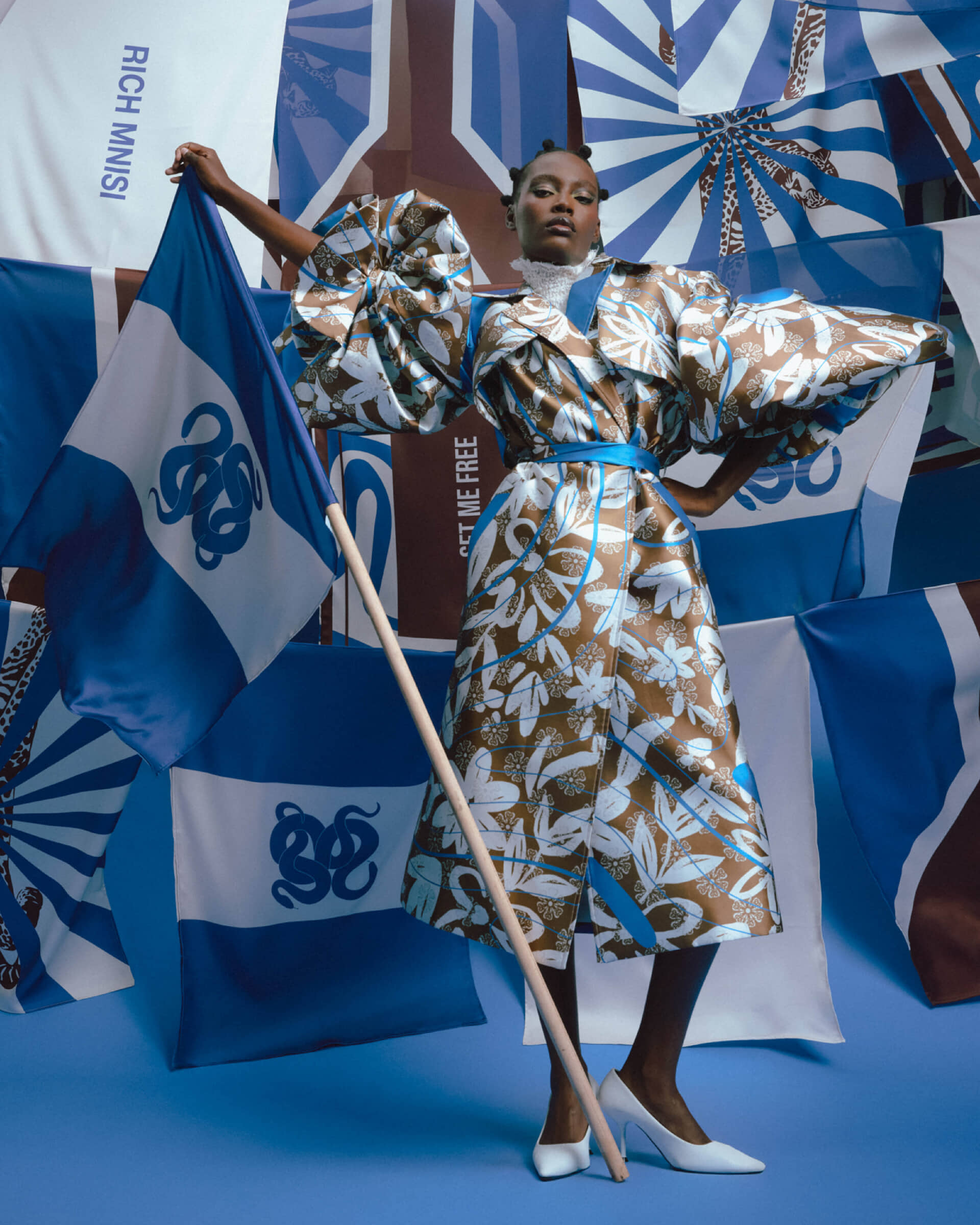
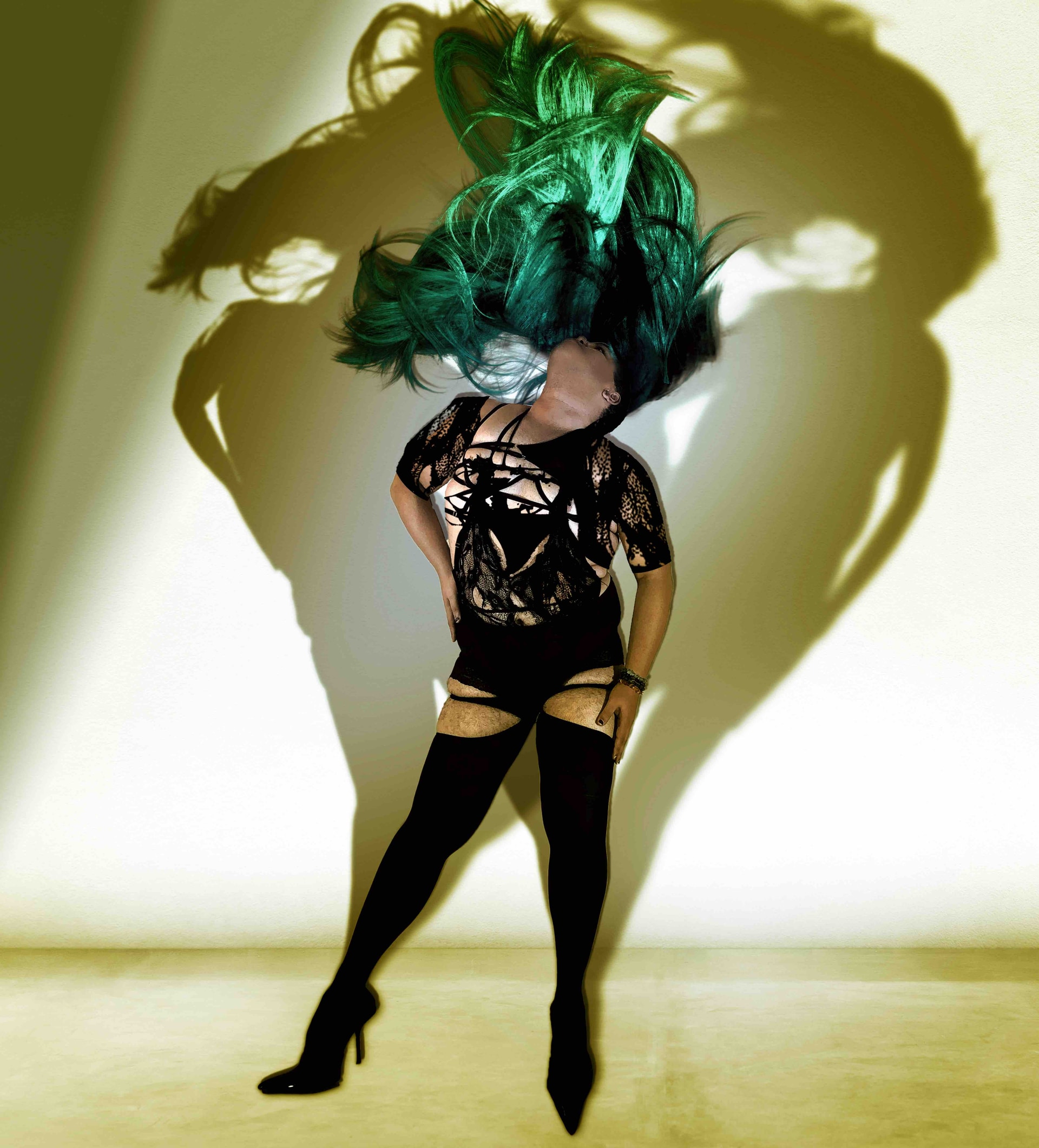
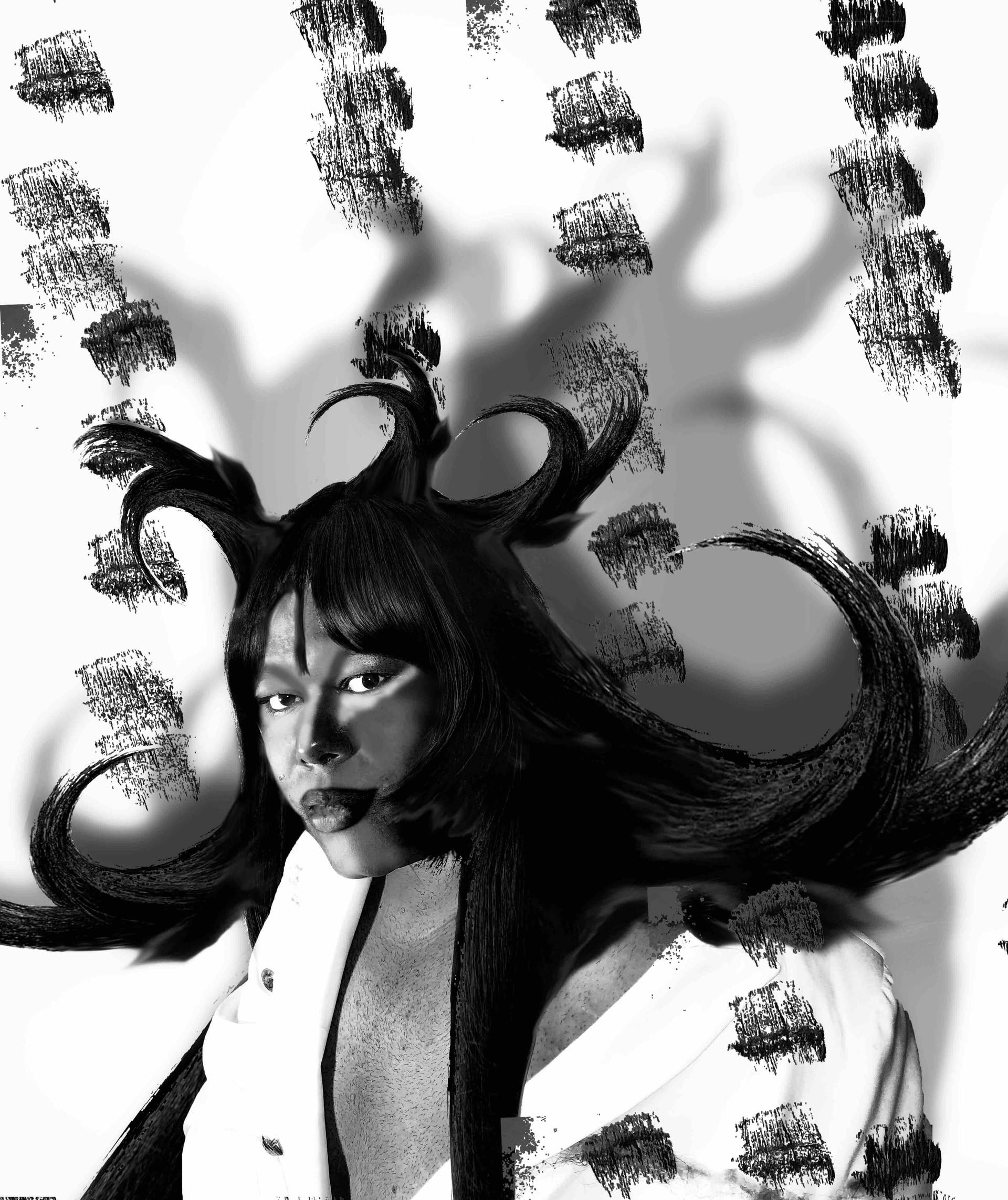
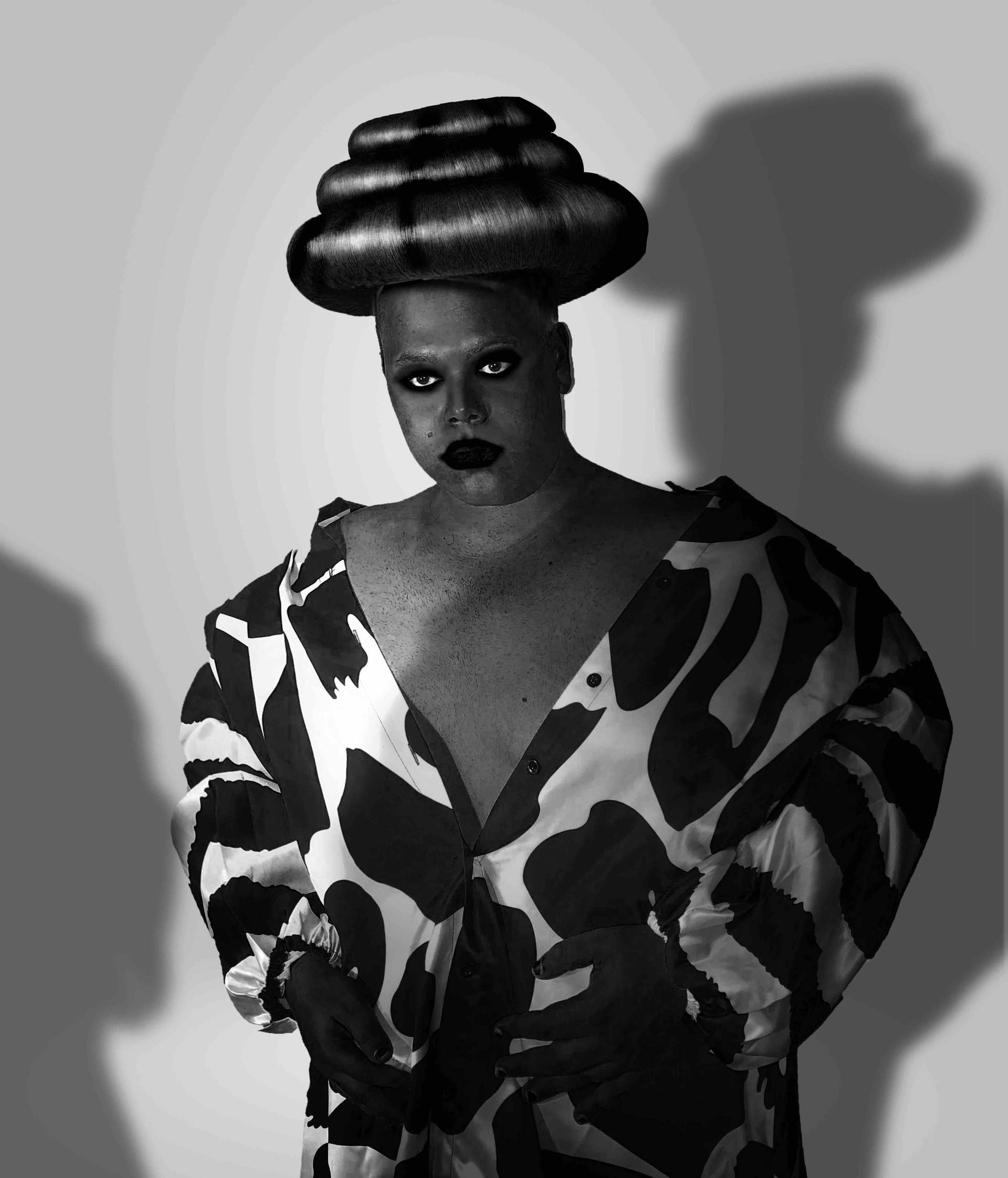
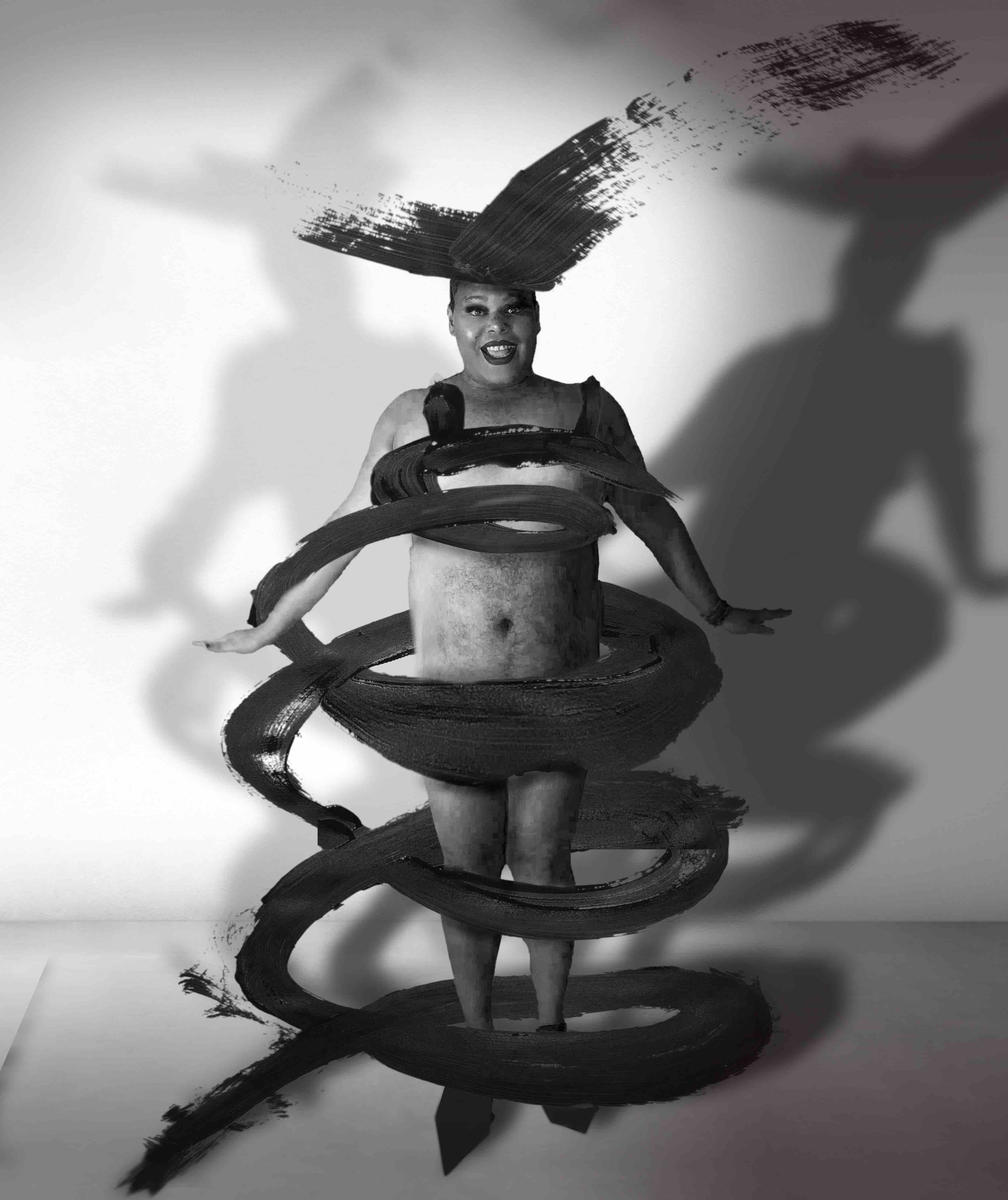


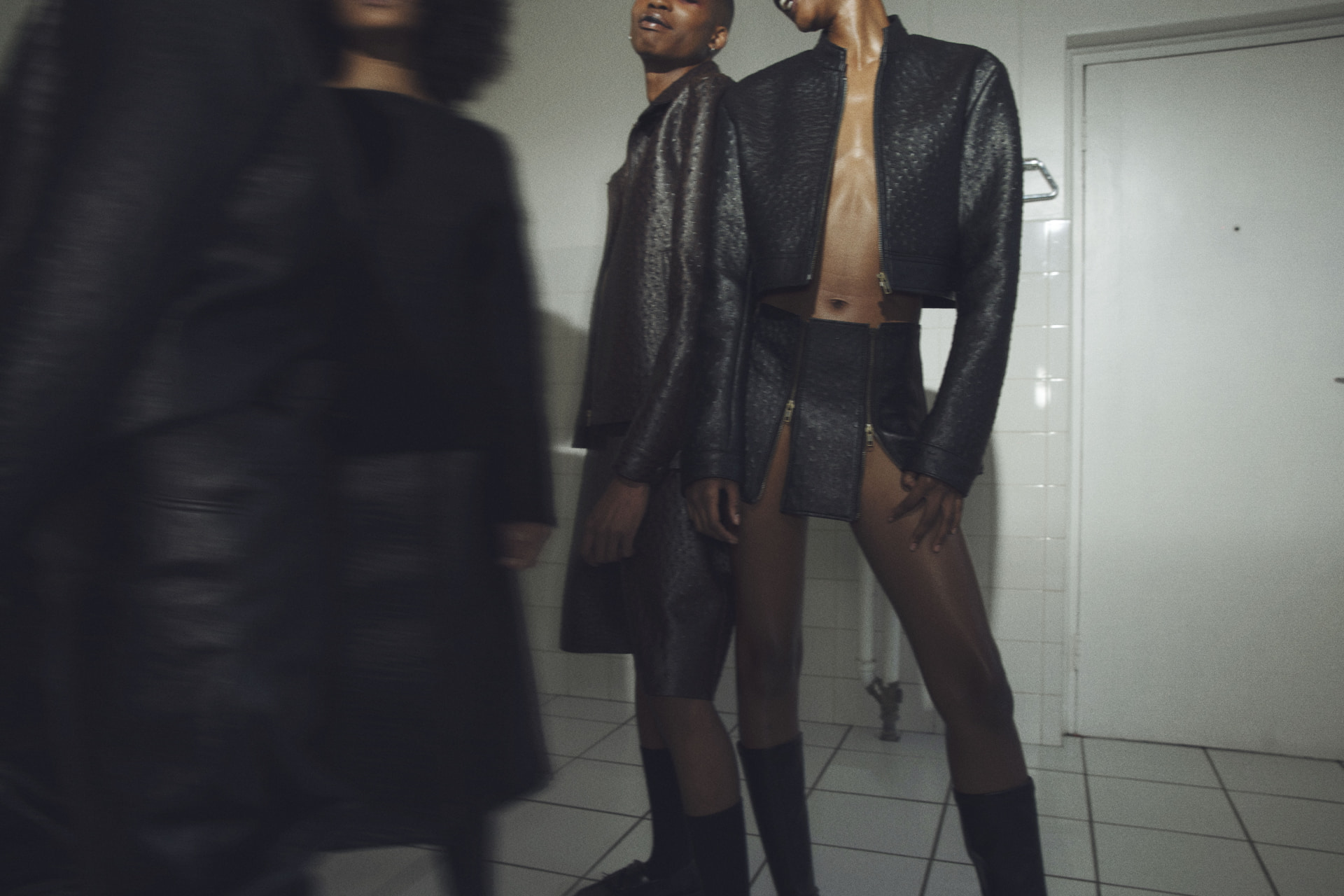
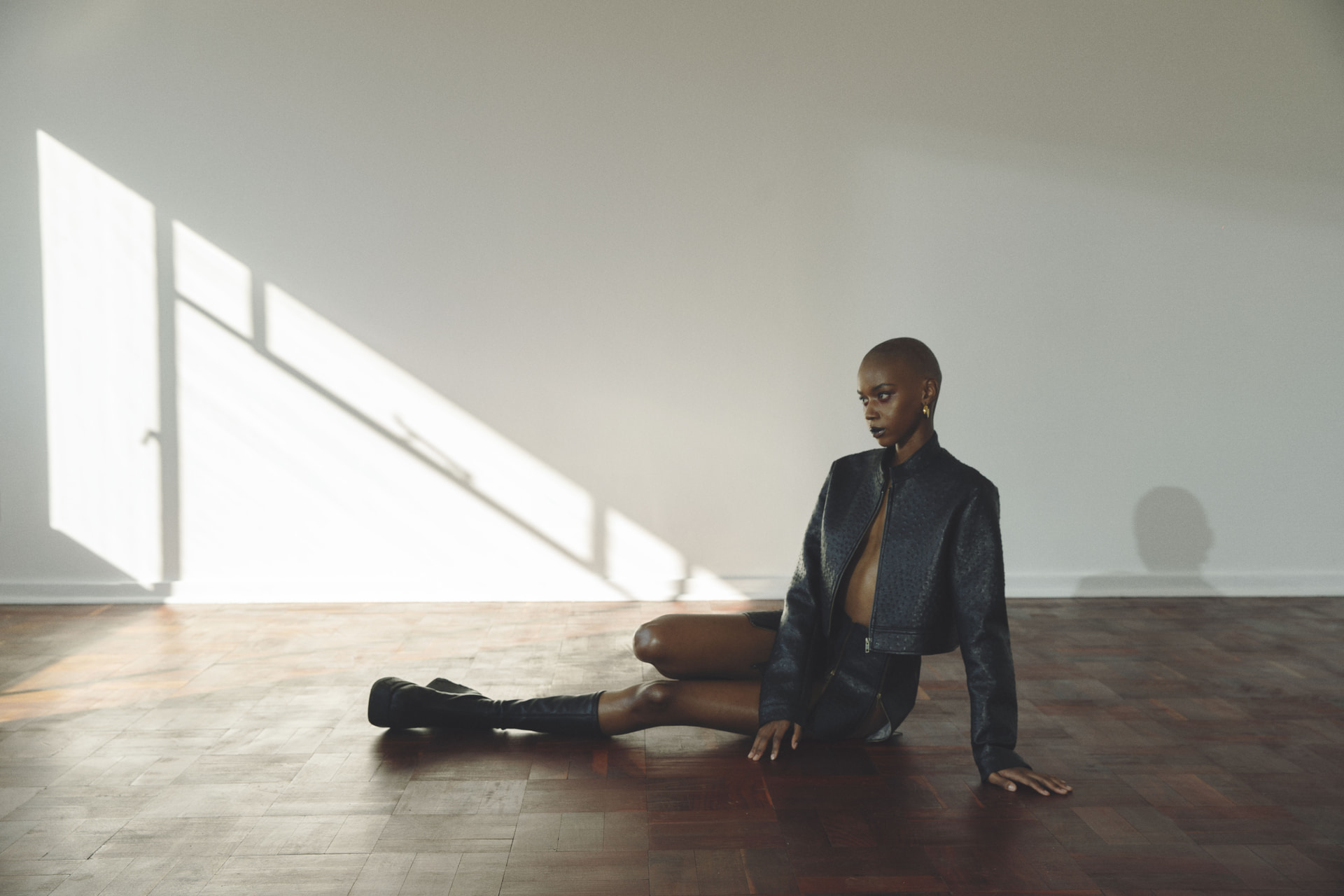
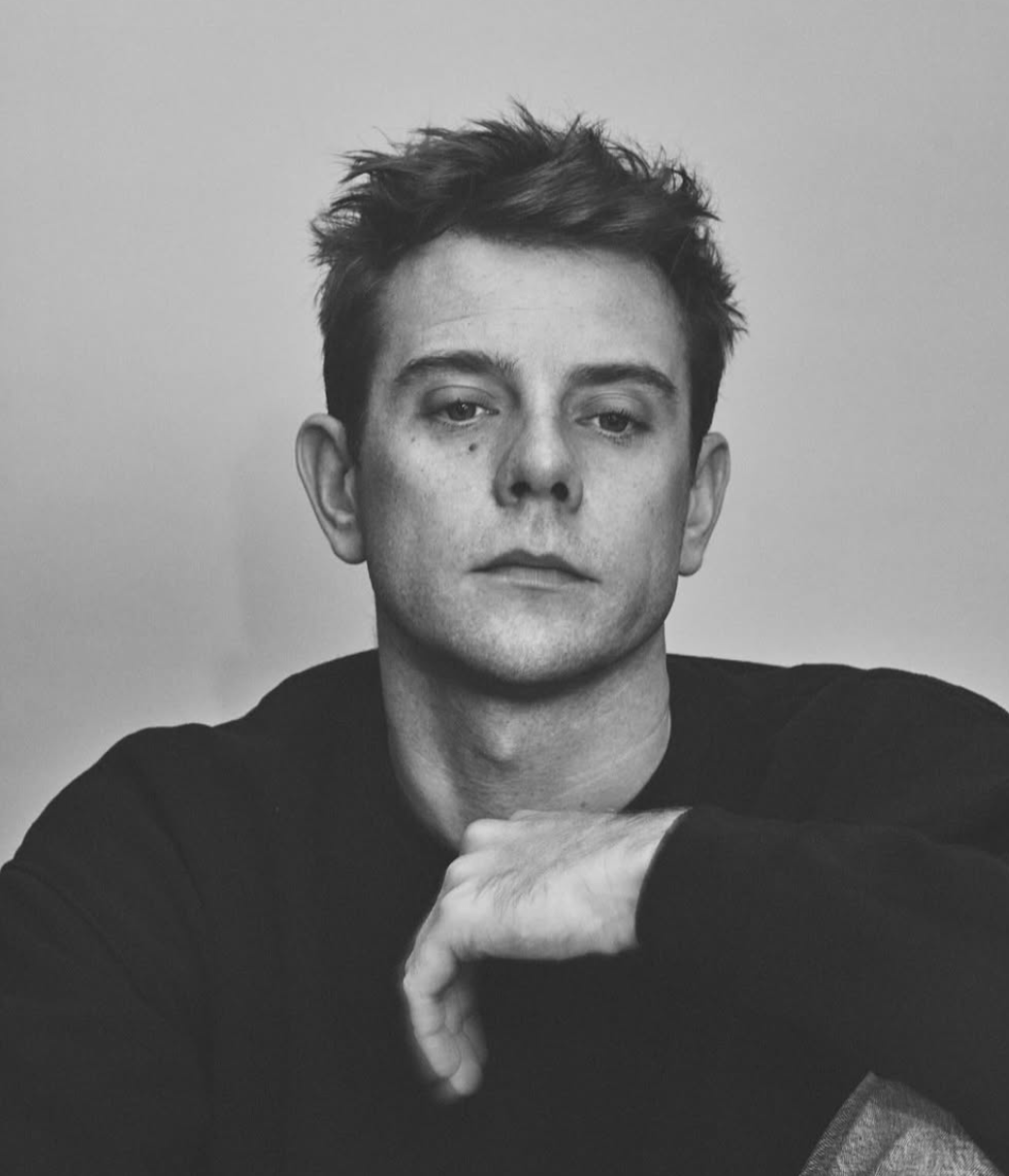
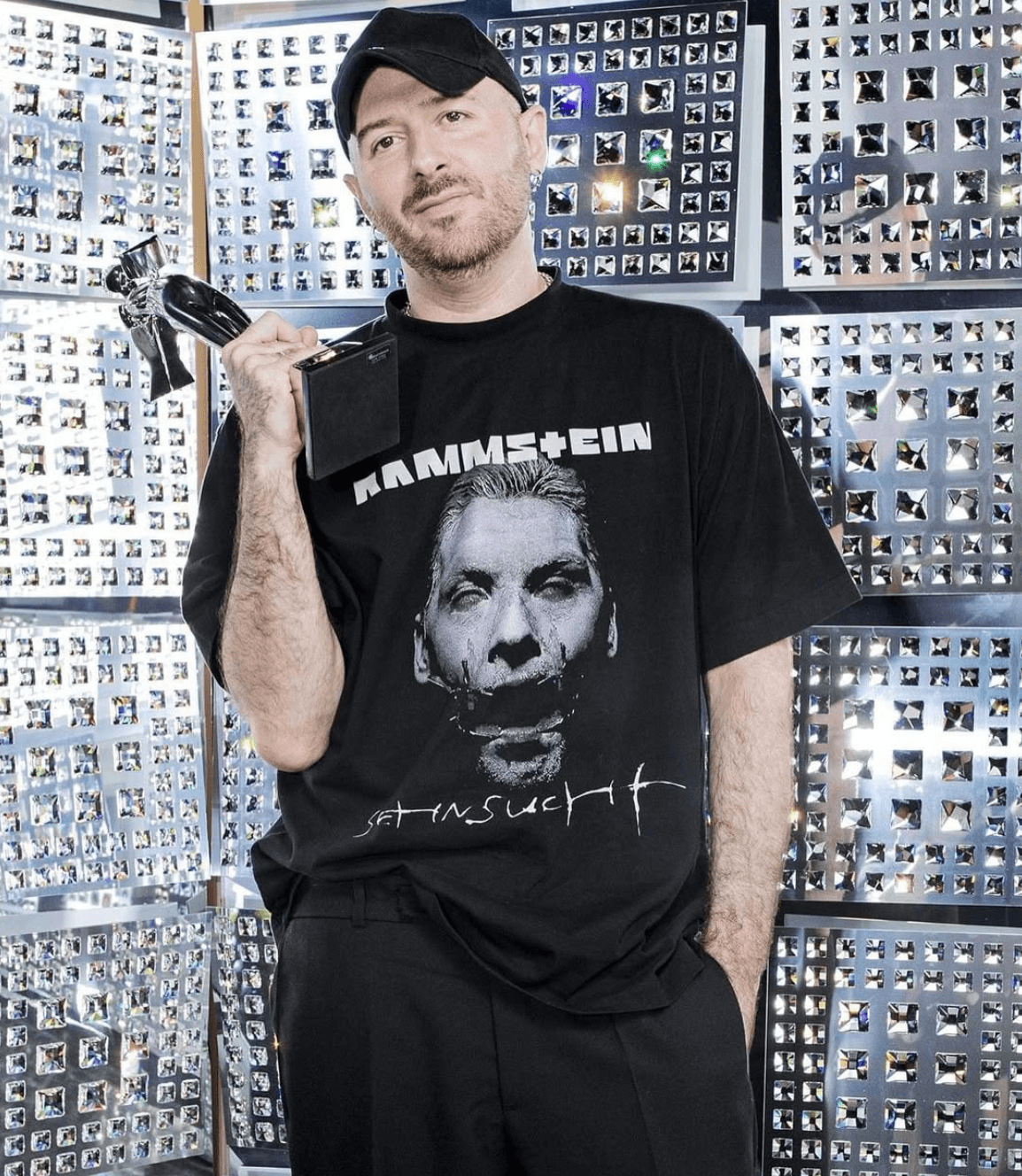

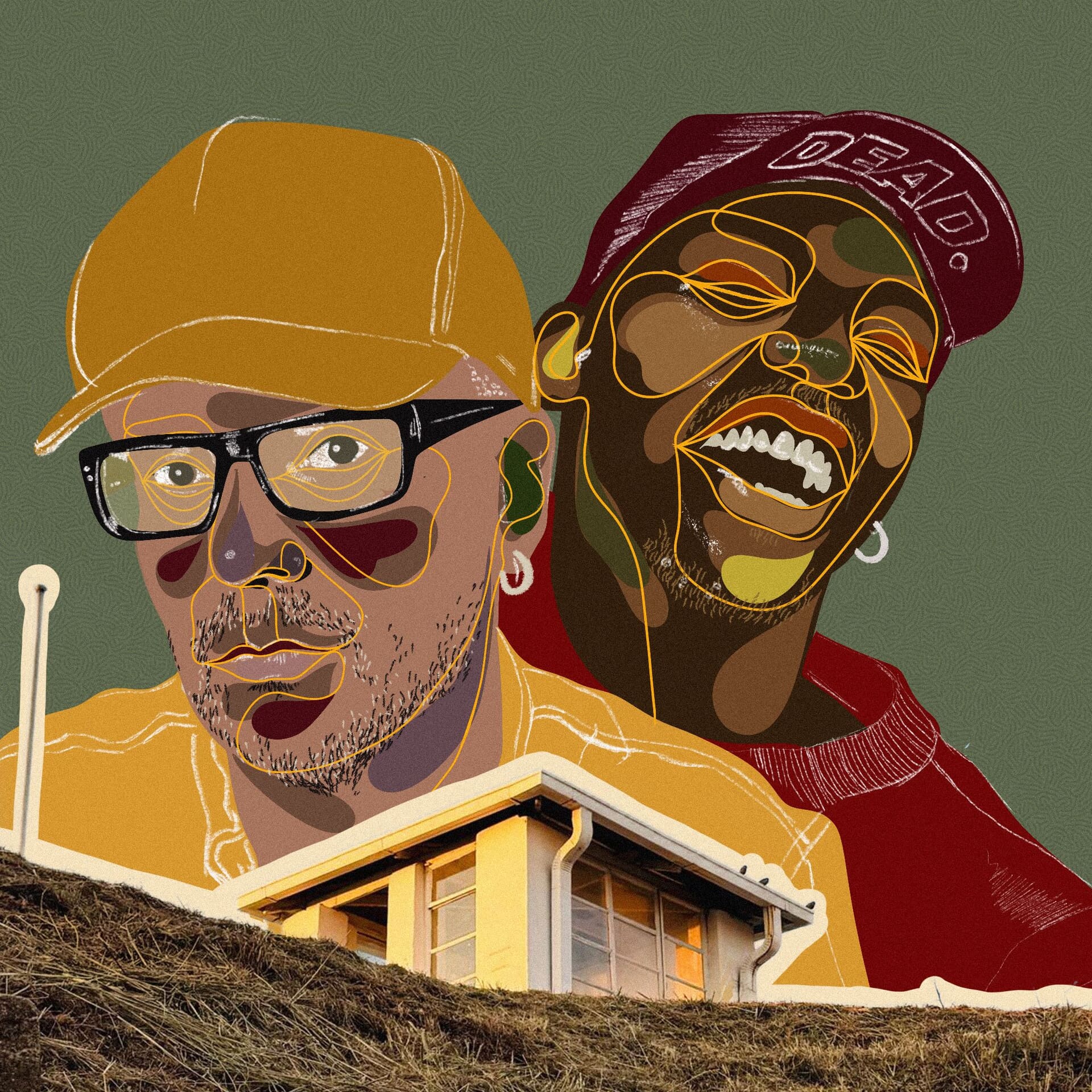


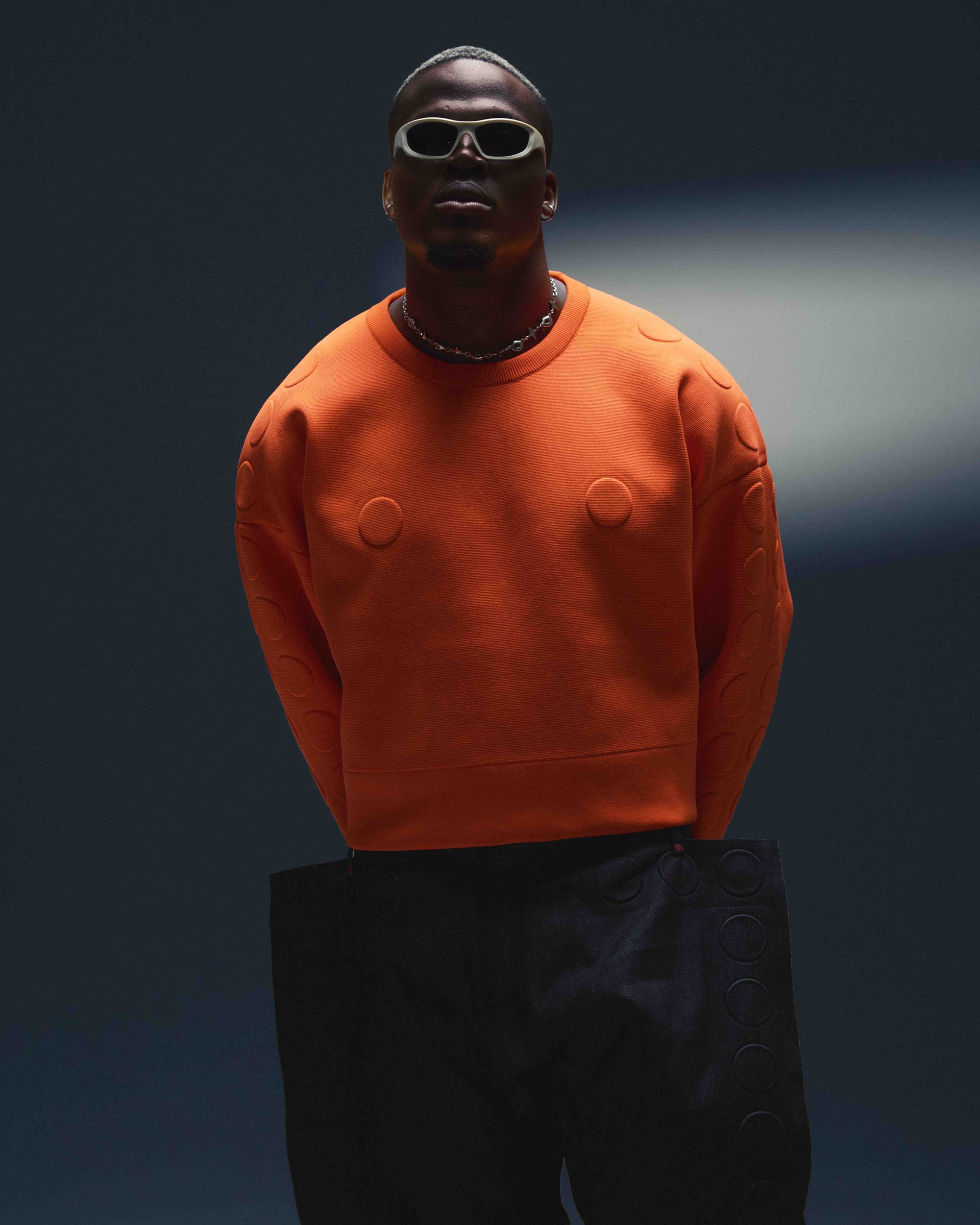
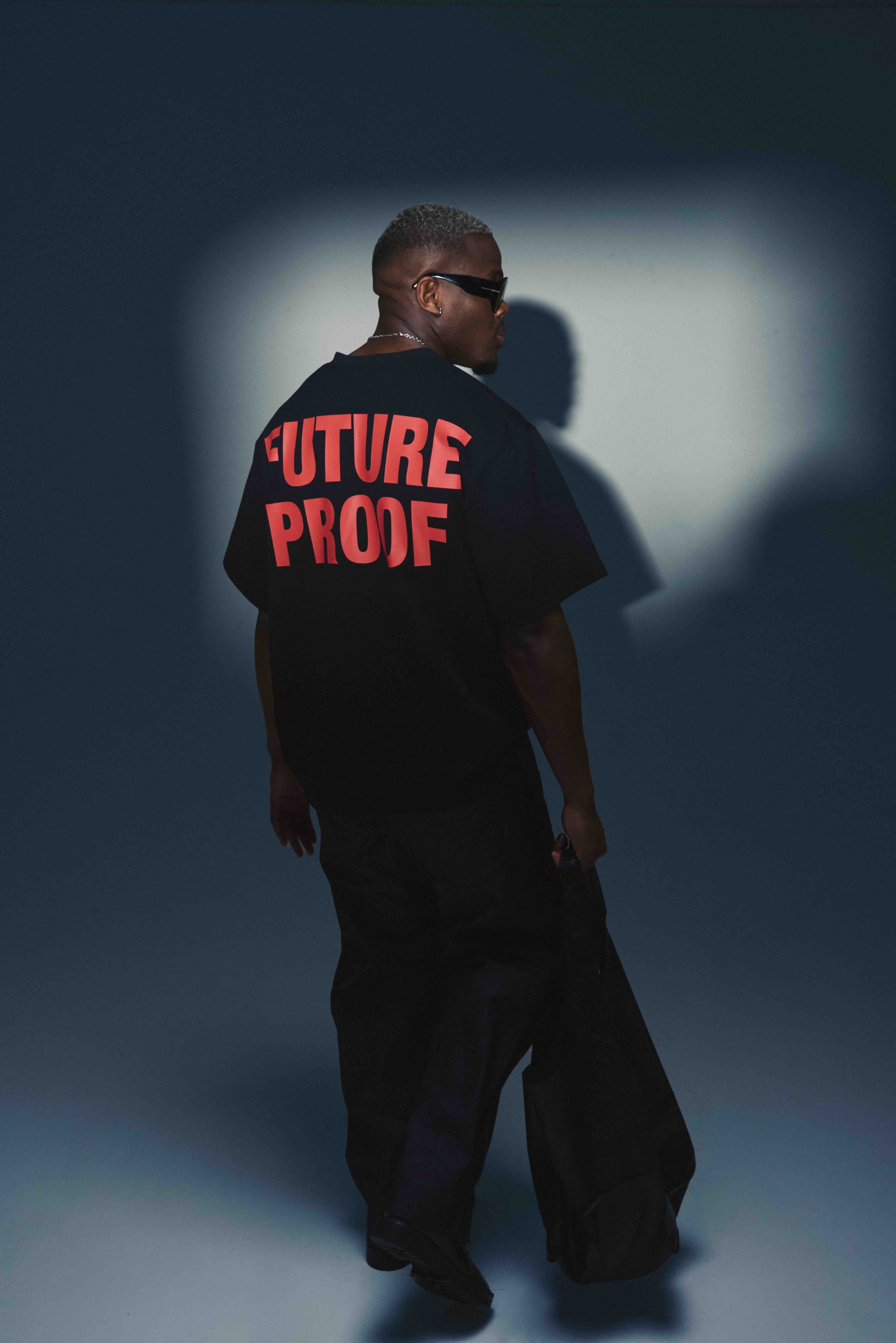
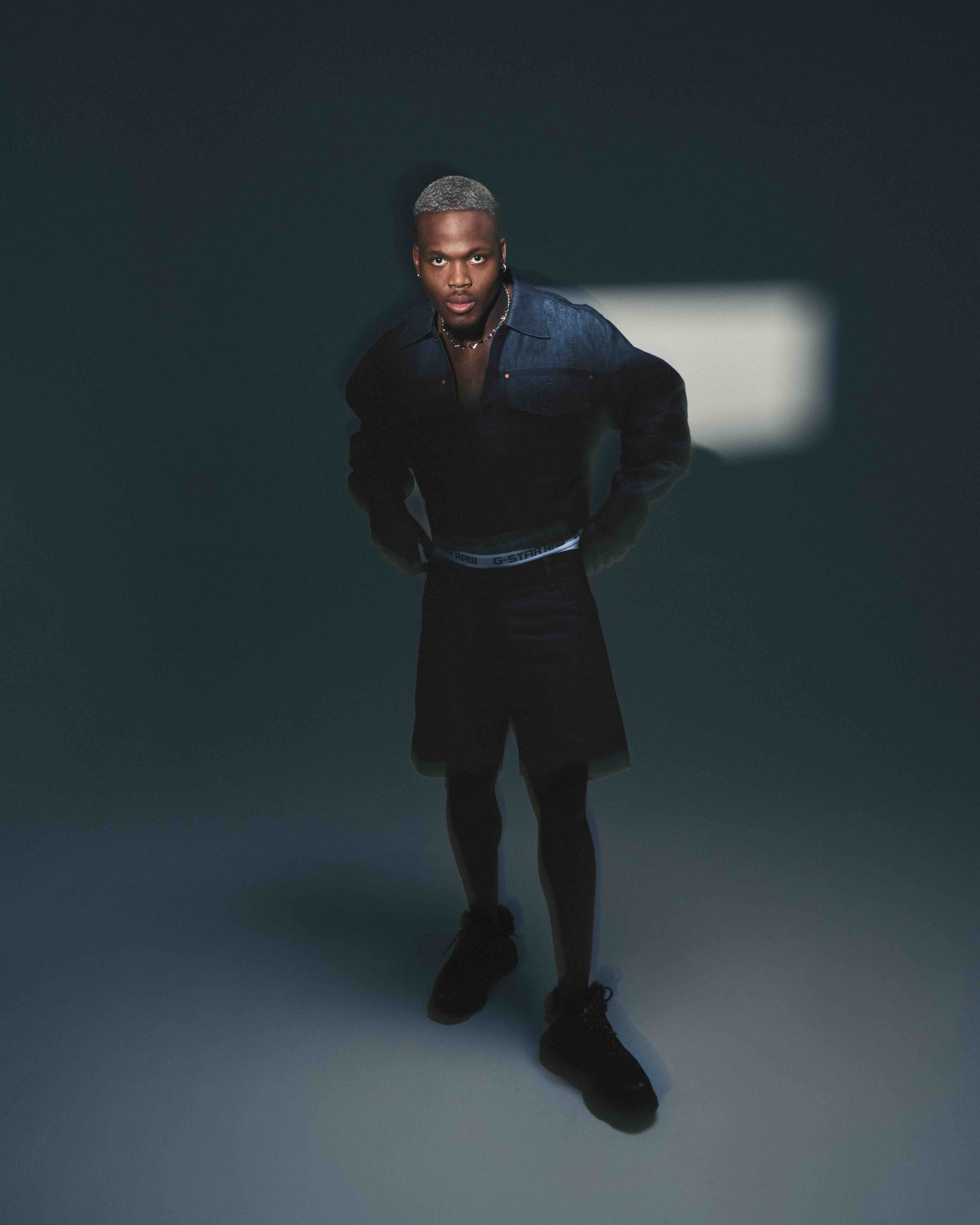
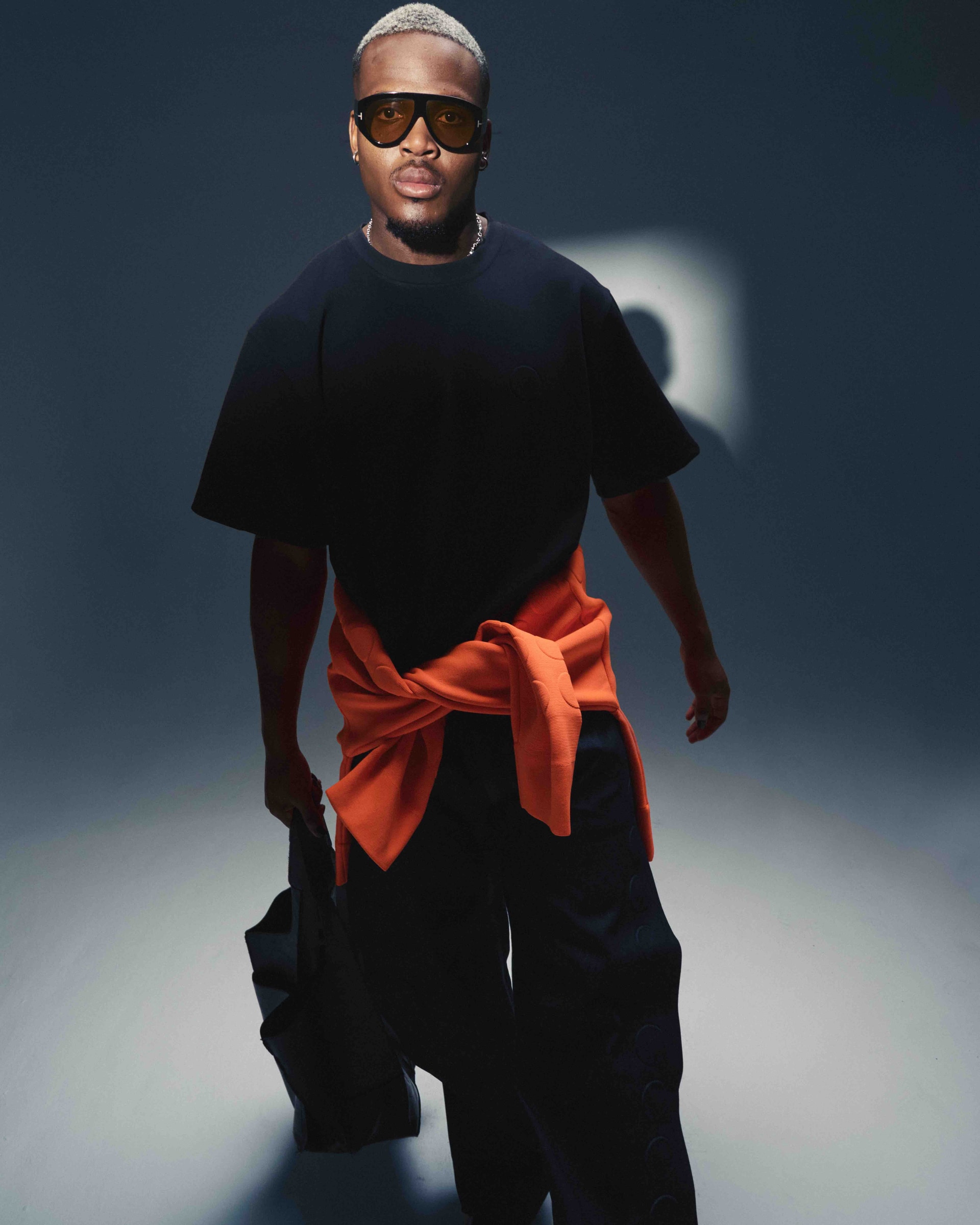
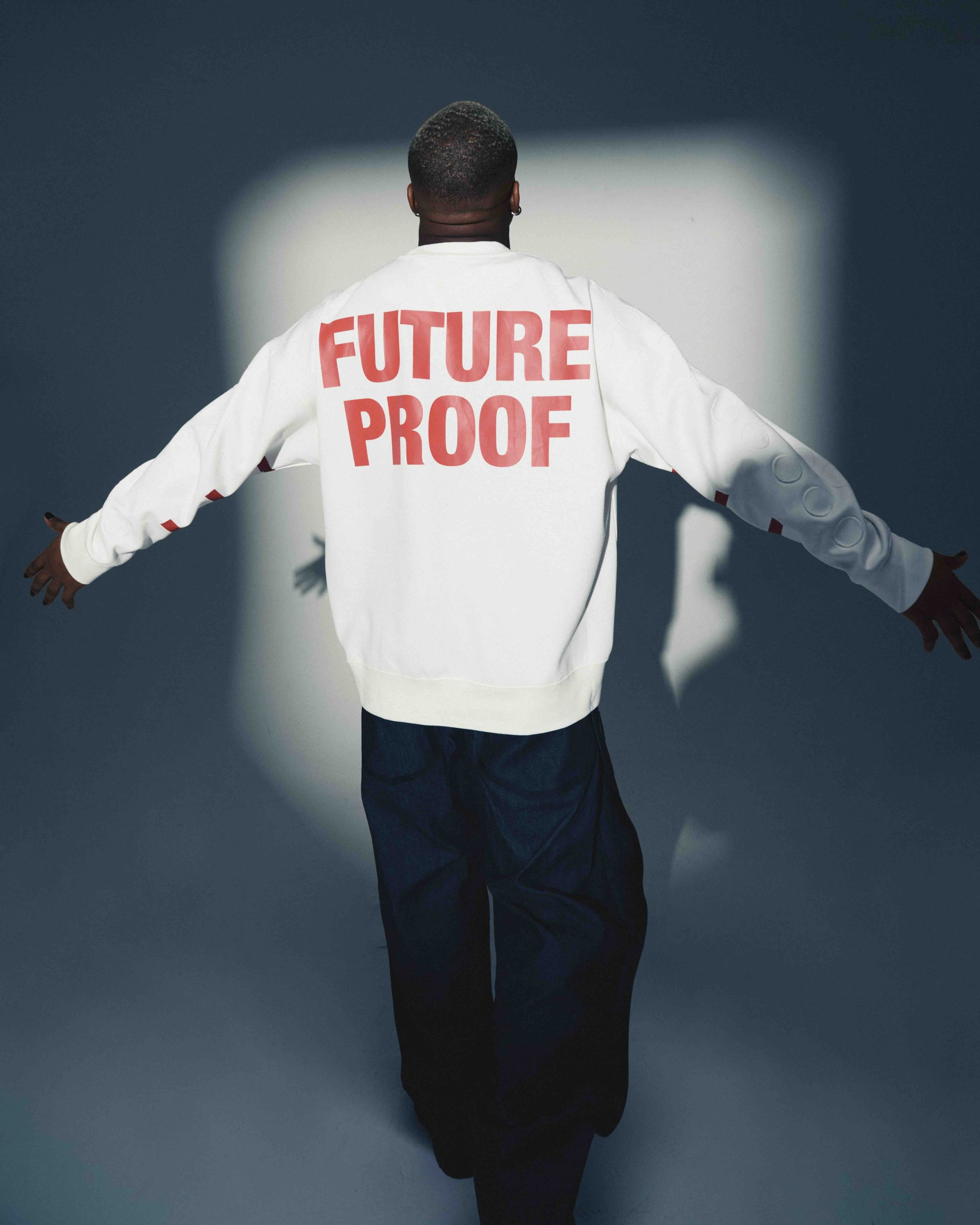
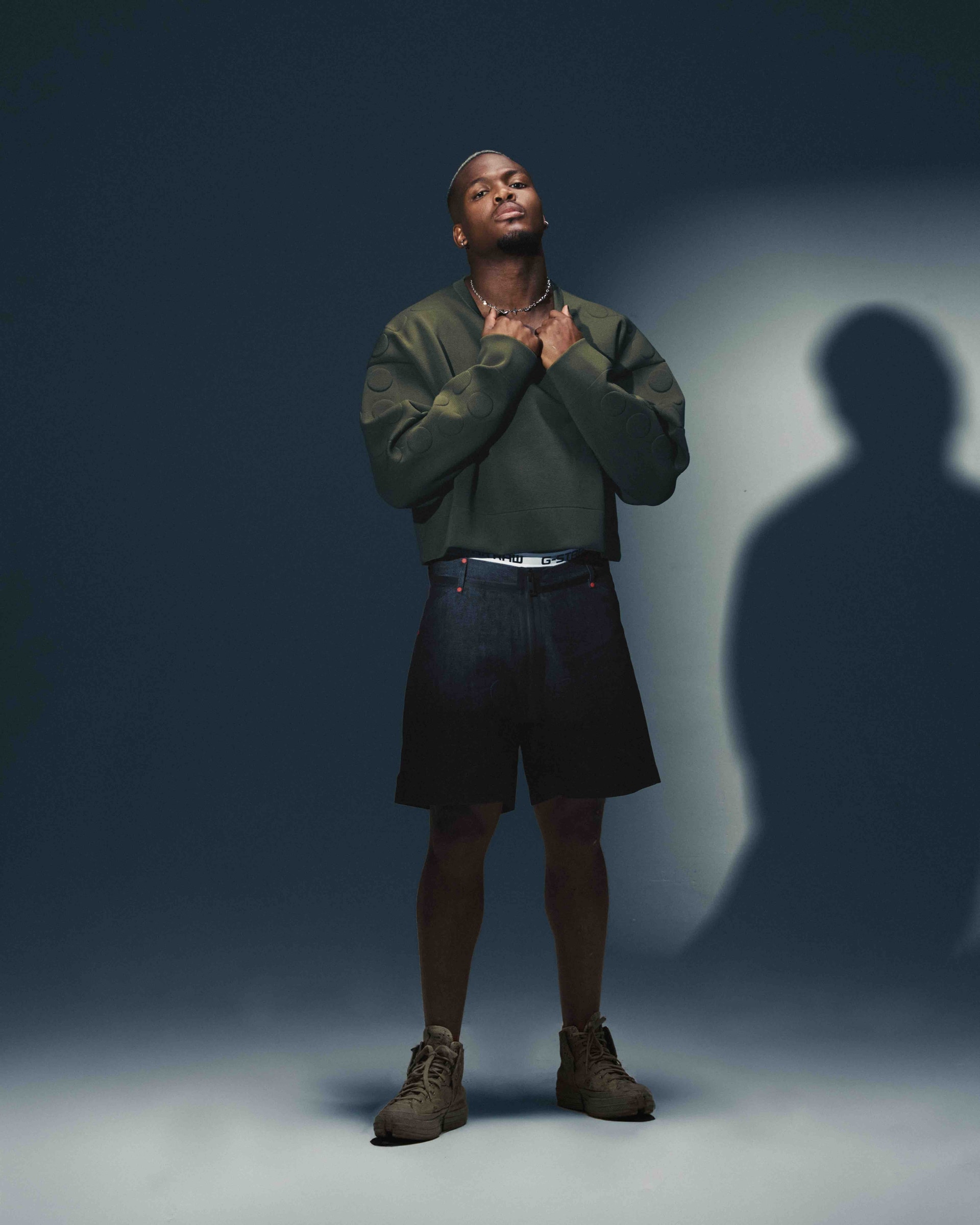
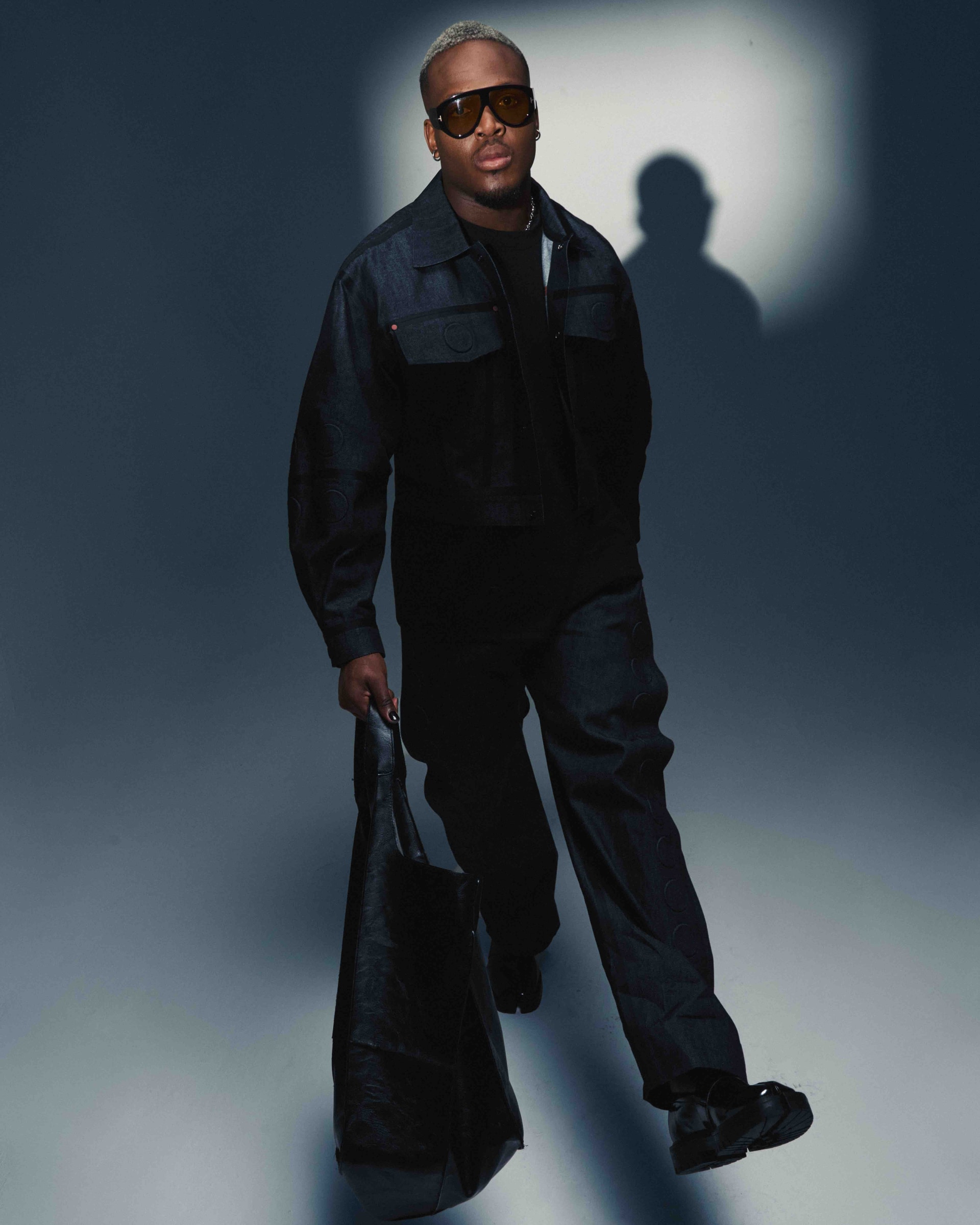

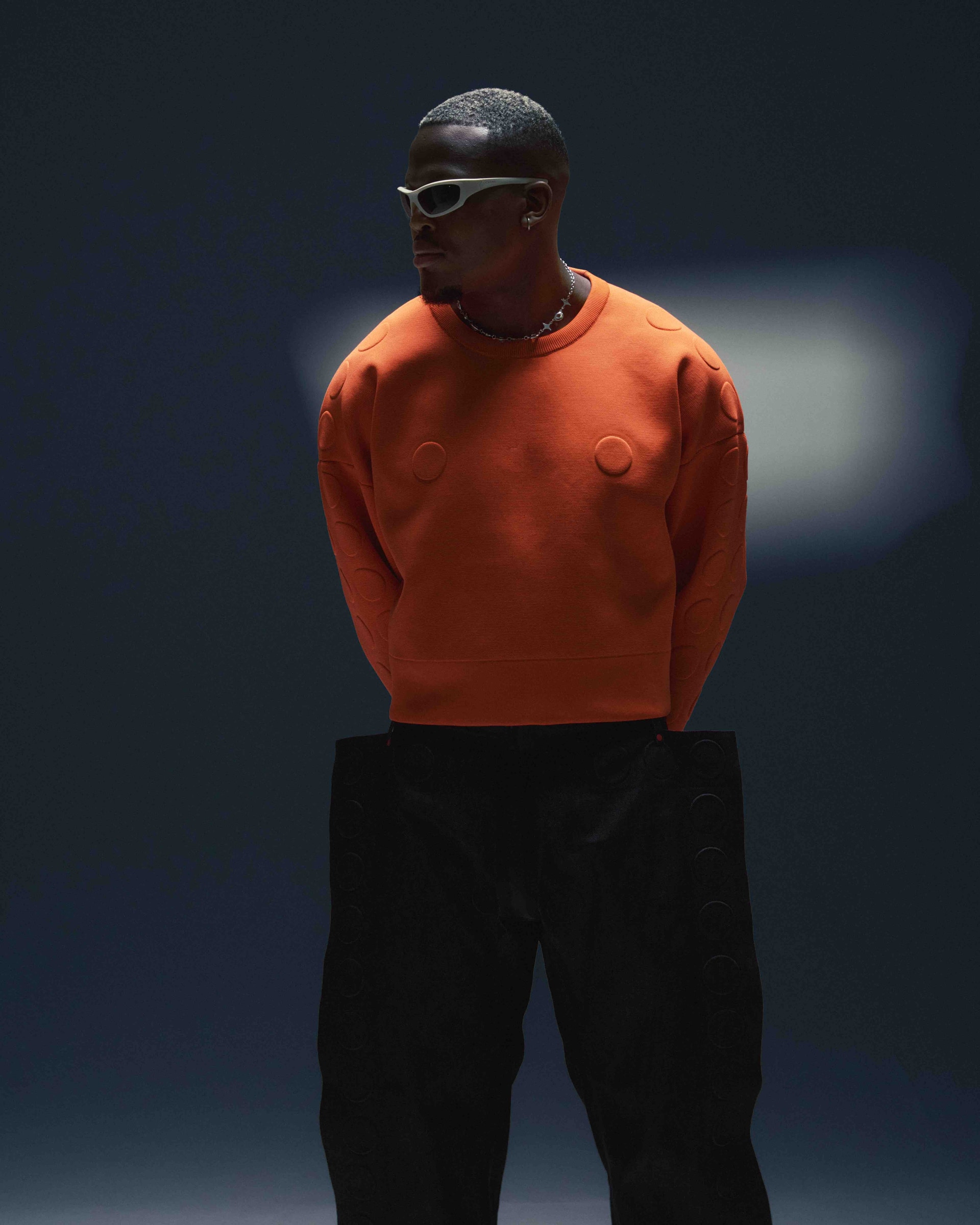
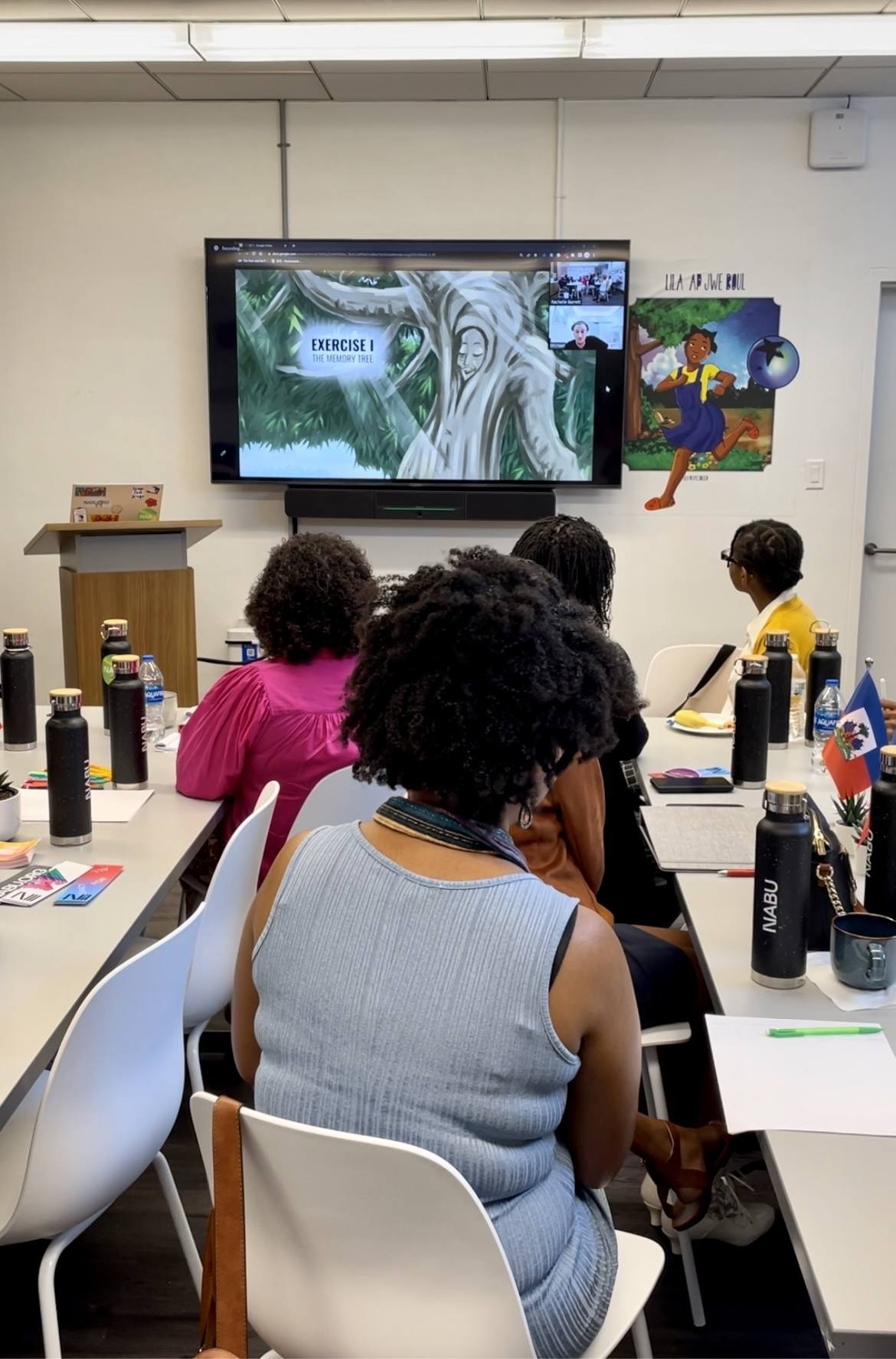
Recent Comments